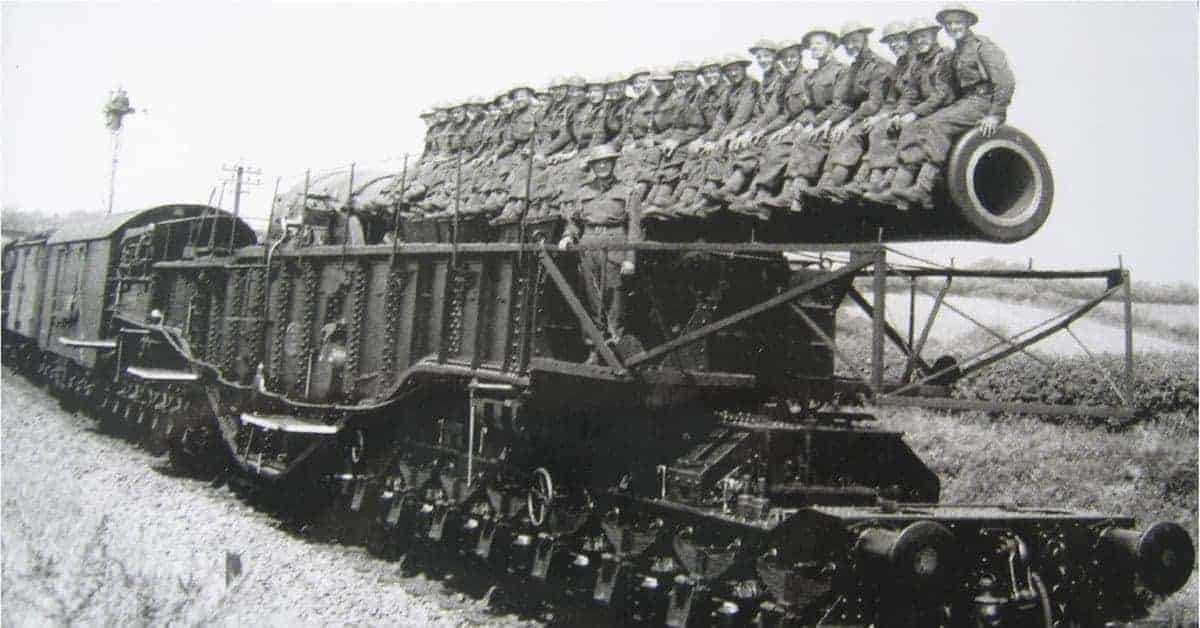The 20th century saw drastic changes in the way the world waged war. From airplanes and tanks to chemical weapons and long range missiles, the rapid pace of technology has transformed war permanently. Gone are the days when a weapon could stay relevant on the battlefield for centuries and remain just as fearsome as ever. Now many tools of 20th century warfare have already become obsolete and are no longer a common factor in 21st century war.

Battleships
In 1918, battleships dominated the seas. There were 118 dreadnoughts serving in 13 different world navies. The ships served well in World War I and they once again became a huge part of warfare in World War II. They were 9 battleships sunk in WWI and 23 in WWII. During the course of the wars there were dozens of battleships patrolling the seas.
Battleships were fearsome methods of war that were used for shelling shore lines and shooting down aircraft. They were also effective at bringing down other battleships. But the massive armored ships did not last long in the spotlight. The technology that brought them to the seas made them obsolete just as quickly as it brought them to the battle.
Battleships still served their purpose in World War II but even in that battle they were starting to show their wear. Submarines were proving just as effective at bringing down enemy battleships as a battleship was and they served other purposes. Submarines were also more cost effective because they could do more than their massive counterparts and they were much stealthier.
Even when it came to shelling shorelines there were better and more cost-effective options. An aircraft carrier loaded with planes could do just as much damage as a battleship on the coastline. Like submarines they also had more uses than bulky battleships. In the end aircraft carriers and submarines overtook the battleship because they were more affordable and they did not require the manpower that a battleship needed to operate. To date there remains only one real battleship in service today and that is the Pytor Velikiy of Russia.

